Musk’s company’s new brain-chip technology causes a stir in the neuroscience community
At the unveiling of Nerualink’s new brain-chip technology in late August, Neuralink’s founder, the controversial Elon Musk, also the CEO of Tesla and SpaceX, chose some rather unsettling words to begin the night with. “Really excited to show you what we’ve got,’ he told the audience with a chuckle, ‘I think it will blow your mind!”
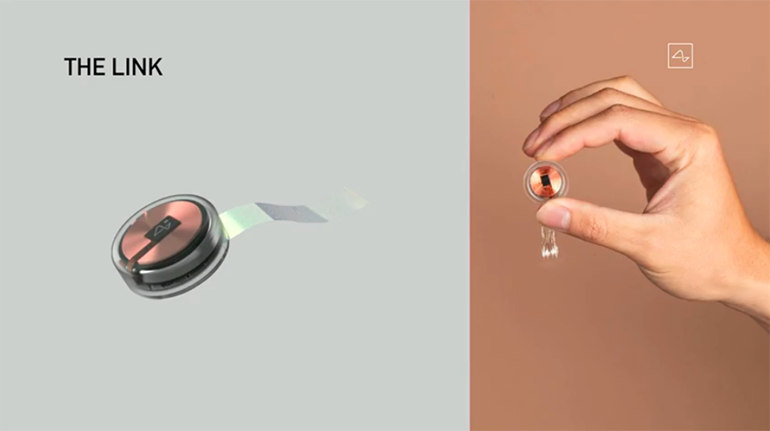
From a man developing a technology that is inserted directly into the brain, these words certainly sounded disconcerting. But they also capture the essence of the fear and excitement many people view the awesome capabilities of artificial intelligence (AI) with and speak to its potential for both harm and good.
Despite having founded a company dedicated to the development of AI, Musk is well aware of the dangers of AI and has long sounded the alarm on them. He predicts that autonomous AI could evolve to become “more dangerous than nukes,” facilitate a race between world powers that will result in the next world war, or even be programmed to kill, (1, 2).
However, Musk’s fear of AI extends far beyond how humans might weaponize it against one another. His real concern is the destruction that would ensue once AI no longer needs humanity to think for it. In that case, autonomous AI could become an “immortal dictator” and wipe out humanity, something, as Musk explains, AI does not have to be evil to do. “It’s just like, if we’re building a road and an anthill just happens to be in the way, we don’t hate ants, we’re just building a road, and so, goodbye anthill,” he said (3). Musk believes AI could obtain such an attitude towards humans as soon as 2025 (4).
Musk did not just found Neuralink in 2016 as a response to these fears but also because he believed it could be used to better the lives of humans. Neuralink is working to create a brain-to-machine interface that could connect humans to the cloud and solve a host of human ailments including depression, Alzheimer’s, Parkinson’s disease, and paralysis.
Scientists studying the brain have found that degenerative diseases begin with failures in the communication between neurons. Neurons send and receive electric nerve impulses from the synapses that link them together (1). When a synapse sends the necessary combination of input, this launches an action potential. An action potential is a sequence which causes synapses to release neurotransmitters that will then bind onto dendrites, or opening channels, allowing the flow to cross the neuron’s membrane, and for the brain to carry out its functions (5).
Neuralink currently inserts electrodes near neurons to observe action potentials, but the company hopes to one day instigate them. Neuralink plans to insert electrodes into the brain that release electric currents, as these electric currents in the brain stimulate action potentials. Thus, Neuralink will be able to control the sorts of neurological patterns that exist in the brain, and affect them in advantageous ways.
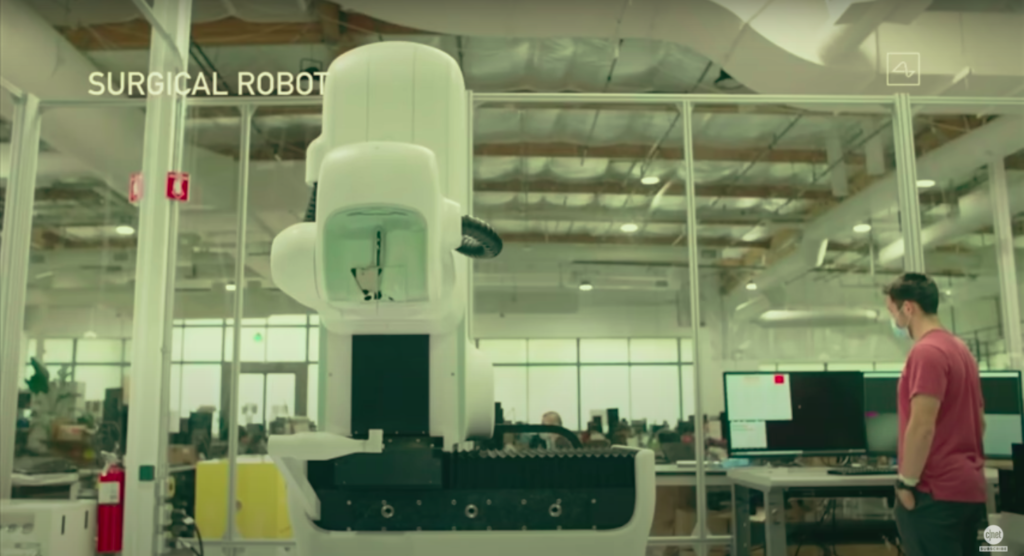
With the right manipulation of the electric field, a blind or paralyzed patient could theoretically be made to see or to feel. By correcting patterns in the brain, the device could also protect vital neurological pathways in a patient suffering from Alzheimer’s (6).
While showcasing Neuralink’s existing technology this August, Musk displayed electrodes that Neuralink had inserted into the heads of hogs to pick up neurotransmissions. The chip was able to record the signals from the neurons and action potentials in the brains of the hogs. Musk used one of the three hogs as an example to highlight the fact that the implanted chip could be put in and taken out without any damage to the subject. However, the installation of the electrode would require a highly advanced robot with no margin for error to perform the surgery, something Neuralink is currently working on.
Musk noted that Neuralink had simplified the device this year from a large prototype with more pieces to a simpler chip implanted directly into the brain. He described the product as similar to “a Fitbit with tiny wires in your skull.” As for the price, Musk stated he would like it to be a few thousand dollars, so that access to this technology could be as equitable as possible (7).
The responses to the unveiling were mixed. Critics derided the presentation as overhype –– a typical accusation against Musk—and in the end, it was ridiculed for falling short of expectations. One member of the neuroscience community, Andrew Jackson, Professor of Neural Interfaces at Newcastle University, explained his doubts. “There is a big difference between recording brain cells and ‘writing to the brain’––there are fundamental limitations to targeting specific networks of neurons in a meaningful way using electric stimulation,” he said (8). In other words, the technology Neuralink currently uses is not a groundbreaking innovation, and Nerualink’s contention that the brain can indeed be successfully stimulated through electrodes is somewhat far fetched.
Some might find the fact that not even one of the world’s geniuses can control the human mind to be relieving. However, as Musk continually reminds the public, improvements in artificial intelligence are bound to happen, just as they have in every technology field before. The two options in front of humanity are to resist progress or to accept it as an inevitability, and work to make sure that it is progress in the right direction. Neuralink has a head start on AI: it is one of the world’s leaders in the field and could both mitigate the risk of AI and try to harness it for good. If conditions such as depression and paralysis can be cured and medical bills can be alleviated, Musk believes that succumbing to AI will have been well worth it. If well-intentioned and capable people take charge of the future, then perhaps we do not have to fear it, but can instead embrace it.
– Alexandra Kluzak
References
- D’Orazio, Dante. “Elon Musk Says Artificial Intelligence Is ‘Potentially More Dangerous than Nukes.’” The Verge, The Verge, 3 Aug. 2014, www.theverge.com/2014/8/3/5965099/elon-musk-compares-artificial-intelligence-to-nukes. Accessed 1 Nov. 2020.
- Business Insider UK. “Elon Musk Thinks AI Will Be the Cause of World War III – Business Insider.” Business Insider, Business Insider, 4 Sept. 2017, www.businessinsider.com/elon-musk-thinks-ai-will-be-the-cause-of-world-war-iii-2017-9. Accessed 1 Nov. 2020.
- Browne, Ryan. “Elon Musk Warns A.I. Could Create an ‘Immortal Dictator from Which We Can Never Escape.’” CNBC, CNBC, 6 Apr. 2018, www.cnbc.com/2018/04/06/elon-musk-warns-ai-could-create-immortal-dictator-in-documentary.html. Accessed 1 Nov. 2020.
- Holley, P. (2018, November 26). Elon Musk: To avoid becoming like monkeys, humans must merge with machines. Retrieved October 11, 2020, from https://www.washingtonpost.com/technology/2018/11/26/elon-musk-avoid-becoming-like-monkeys-humans-must-merge-with-machines
- McFarland, M. (2019, April 17). Elon Musk: ‘With artificial intelligence we are summoning the demon.’ Retrieved October 11, 2020, from https://www.washingtonpost.com/news/innovations/wp/2014/10/24/elon-musk-with-artificial-intelligence-we-are-summoning-the-demon/
- Science. (n.d.). Retrieved October 11, 2020, from https://neuralink.com/science/
- The Editors of Encyclopaedia Britannica. (2011, February 18). Synapse. Retrieved October 11, 2020, from https://www.britannica.com/science/synapse
Images
- https://lh4.googleusercontent.com/353AeQSMYSHleQQpO0INmHM2Tl9uhXFsQ91Xhbb3lpBnLoLiDP2Cb6_kKqwoSe-XLJEl7x8LvlpRF11WUlnn3RiN8Bta8KqcWiIPOHgJsCXa19Sm5pz_NZtkzkk_KQkv1N_NoCPT
- https://lh3.googleusercontent.com/MVyY3avKwqi6OBiC1U9DURt7s2-_09EZTmiJSuOLzH9mqi2jdRSadhLPZRxSriTOoldHYRYlG33uMi0OpbX_8UTpqrhWR_A_xia9X2Eqi76tKsIwBX5QLAVWcy3ZZXuflpAdtqzO

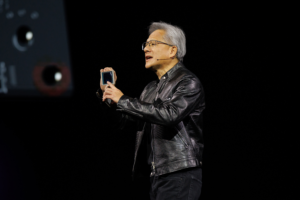
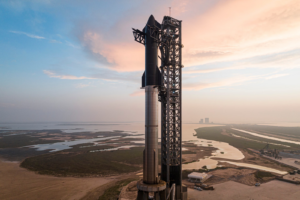
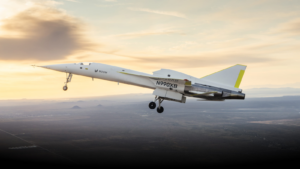


Comments are closed.